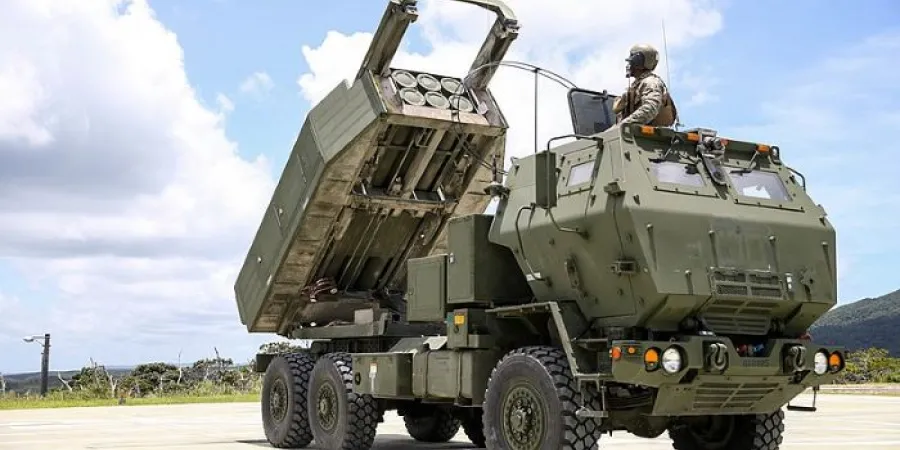Lockheed Martin to supply additional M142 HIMARS launchers to U.S. Army
Under a contract with the U.S. Army, Lockheed Martin has delivered more than 400 HIMARS launchers to the Army, Marine Corps and international customers
Eyal Boguslavsky
| 18/07/2021
Lockheed Martin Missile and Fire Control was awarded this week a modification contract, valued at nearly $160.5 million, by the U.S. Army for production of M142 High Mobility Artillery Rocket System (HIMARS) launchers and support requirements.
The M142 HIMARS is a light multiple rocket launcher mounted on a standard Army M1140 truck frame that was developed for the U.S. Army in the late 1990s. It carries a single six-pack of rockets or one ATACMS missile on the Army's Family of Medium Tactical Vehicles (FMTV) 5-ton truck, and can launch the entire MLRS family of munitions. HIMARS ammunition is interchangeable with the MLRS M270A1, but it is only able to carry one pod rather than the standard two for the M270 and A1 variants.
The HIMARS can be transported on the C-130 aircraft and be deployed in areas previously inaccessible to heavier launchers. The HIMARS fire control system, electronics and communications units are interchangeable with the MLRS M270A1 launcher, and the crew and training are the same.
Under a contract with the U.S. Army, Lockheed Martin has delivered more than 400 HIMARS launchers to the Army, Marine Corps and international customers. Since May 2005, the Army has fielded eleven additional battalions, in both active and National Guard units, and plans to field six more. The Marine Corps has fielded more than 38 launchers.
The HIMARS, which was successfully combat-tested in Operation Iraqi Freedom, has also been deployed by such countries as Jordan, Singapore and the United Arab Emirates.
Under a contract with the U.S. Army, Lockheed Martin has delivered more than 400 HIMARS launchers to the Army, Marine Corps and international customers
Lockheed Martin Missile and Fire Control was awarded this week a modification contract, valued at nearly $160.5 million, by the U.S. Army for production of M142 High Mobility Artillery Rocket System (HIMARS) launchers and support requirements.
The M142 HIMARS is a light multiple rocket launcher mounted on a standard Army M1140 truck frame that was developed for the U.S. Army in the late 1990s. It carries a single six-pack of rockets or one ATACMS missile on the Army's Family of Medium Tactical Vehicles (FMTV) 5-ton truck, and can launch the entire MLRS family of munitions. HIMARS ammunition is interchangeable with the MLRS M270A1, but it is only able to carry one pod rather than the standard two for the M270 and A1 variants.
The HIMARS can be transported on the C-130 aircraft and be deployed in areas previously inaccessible to heavier launchers. The HIMARS fire control system, electronics and communications units are interchangeable with the MLRS M270A1 launcher, and the crew and training are the same.
Under a contract with the U.S. Army, Lockheed Martin has delivered more than 400 HIMARS launchers to the Army, Marine Corps and international customers. Since May 2005, the Army has fielded eleven additional battalions, in both active and National Guard units, and plans to field six more. The Marine Corps has fielded more than 38 launchers.
The HIMARS, which was successfully combat-tested in Operation Iraqi Freedom, has also been deployed by such countries as Jordan, Singapore and the United Arab Emirates.



